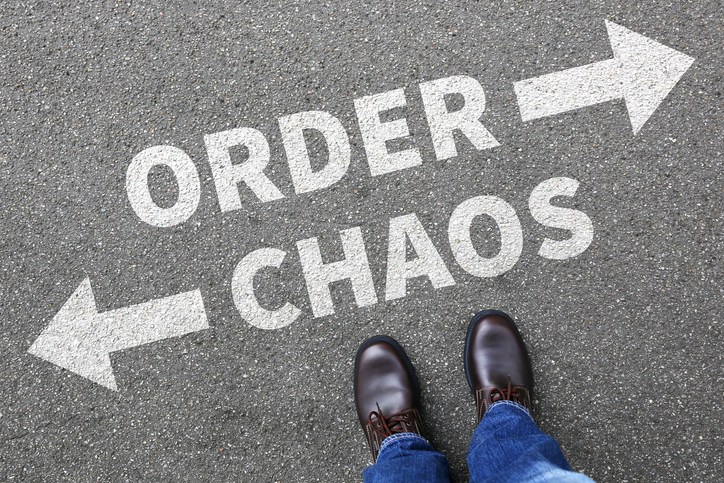How to Build Disruption Tolerance In Times of Intense Uncertainty
September 12, 2017

Mergers, acquisitions, hurricanes, oh my! What’s a leader to do but increase ability to build disruption tolerance in times of intense uncertainty.
I have blogged before about the gifts of disruption and that every disruption is an invitation to reconfigure, review and reinvent ourselves and our businesses.
The level of change and uncertainty that is happening seems to be increasing in tempo and pace.
Automation, AI, robots, cobots, carebots, exoskeletons are all impacting our lives and our work and add to this the increasing speed of ‘real time expectations’ by consumers and we can become almost immobilized by the spinning vortex of change.
So in these times of intense uncertainty how do we build disruption tolerance?
Here are 5 ways:
- Think of disruption tolerance as another two words for adaptability or flexibility. The more flexible and agile your mind the more quickly you can adapt to a new change or situation. So building your ability to adapt is building your ability to handle multiple disruptions. The thinking of someone resisting change might be, “I don’t want to do this” whereas the thinking of someone who has created an adaptable thinking approach might think, “I am noticing my resistance to this person or situation why am I resisting this? “
- Adaptability of mind leads to adaptability of actions which requires creative thinking. When things get tough… the creative get going. Increase your ability to come up with quick and effective real time solutions. How? practice training your mind to do this through brain games, reading about creative processes (i.e./ How to Think Like Leonardo Da Vinci) a great example is time yourself to come up with mismatched items such as a dog and a stove or ten uses for a fork.
- Become a super present ‘noticer’ of the disruptions impacting you personally and professionally these disruptions are gifts meant to interrupt our status quo and to get us to pay attention to what MUST change. Personally in the past few days I put my back out – it HURT- I have many things going on, home renovation, rebranding project, new book project, client demands, family commitments and more. The gift of my back was it instantly caused me to STOP, pay attention and then focus on what all of the disruptions were trying to tell me. In a nutshell I had gotten caught in fight or flight versus proactively taking care of myself and taking preventative measures to anticipate the changes going on. Once I took action to support my health I got all sorts of insights on what needed to shift in order for me to be more adaptable to what was going on.
- Focus on what you can control and on what you cannot control. You and I can’t control world events such as hurricanes or mergers. When we focus on the events outside of our control we lose our equilibrium – what you CAN control is whether you donate or help out those affected by hurricanes or you can stop shopping at Whole Foods or you can happily order Whole Foods from Amazon…..you get the picture. Part of developing higher disruption tolerance is the ability to discern and stay focused on what you can control. You know the drill you can control your thoughts, actions and intentions. Everything else? Not so much.
- Use the three A’s as shared with me by one of my mentors Dr. Donald Epstein – the A’s stand for:
- Aware
- Acknowledge
- Accept
When any disruption happens whether personally or in business first thing we do is become aware of the disruption and its impact on us or the business. By focusing awareness we are not avoiding, putting our head int he sand or denying the reality of the disruption. Next, we acknowledge that the disruption is yucky it stinks and we don’t like it AND we sit with that for a while so again we are not avoiding, denying or rushing past the reality. Lastly we accept the truth of the situation and we take full responsibility for what we can do and are willing to do to successfully manage the disruption or situation.
Here’s what the 3 A’s could look like with the Amazon/Whole Foods scenario:
Amazon buys Whole Foods – awareness of the impact of this on the retail industry and for us personally as consumers, acknowledge that this change is indicative of more massive changes in retail and we need to pay close attention to the impact on us personally and professionally and to the industry and ultimately the world. Lastly we accept that this change has happened and we formulate plans and strategies on what we can do to leverage this disruption.
These ‘how to’s’ are aimed at individuals AND in business we need to build and develop the disruption tolerance skills of our people. Most people have never received training, support or coaching on how to be an agile and adaptable person. In order to build a team that can handle ongoing and massive disruptions in times of uncertainty we need to give them the skills, tools and resources to succeed.